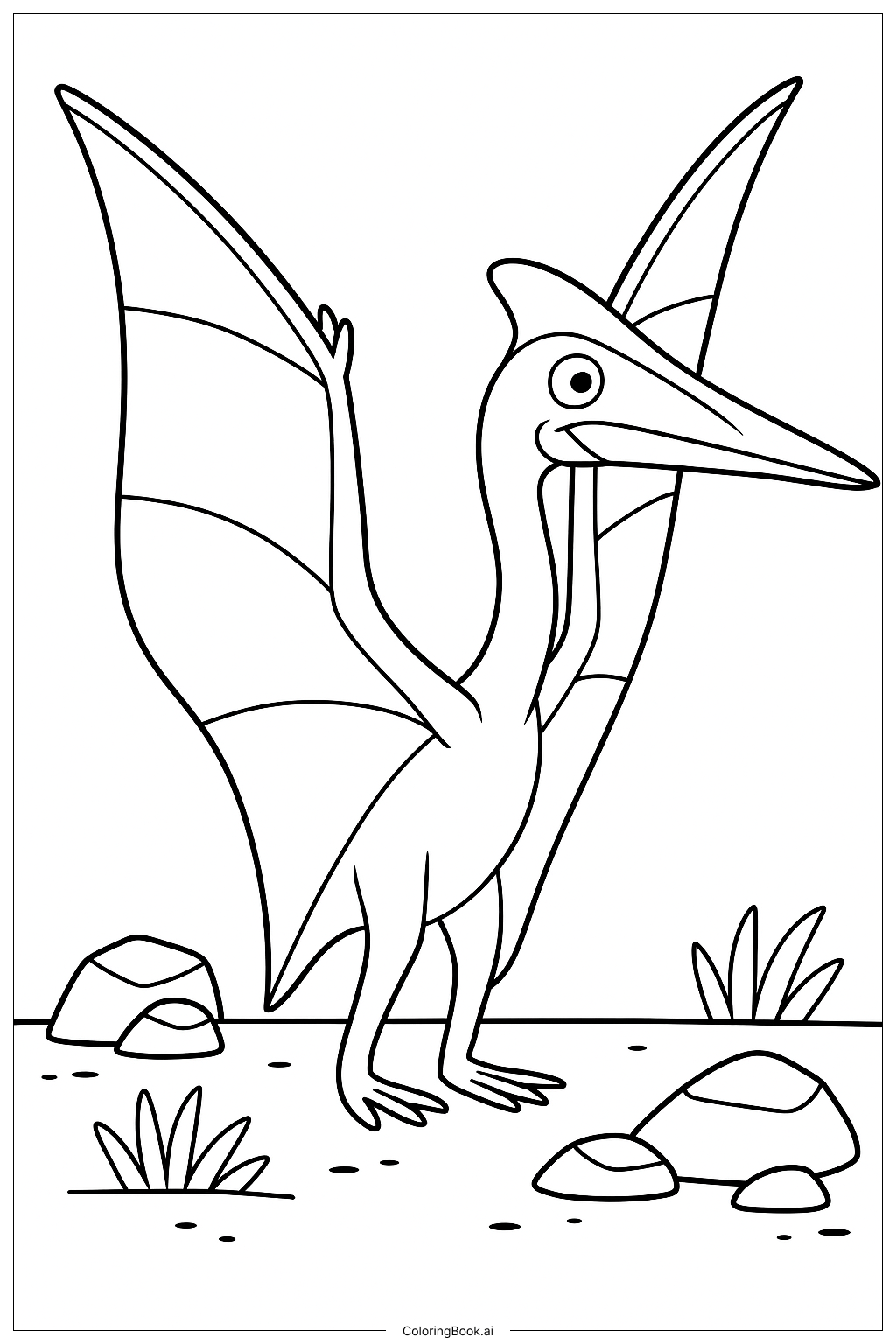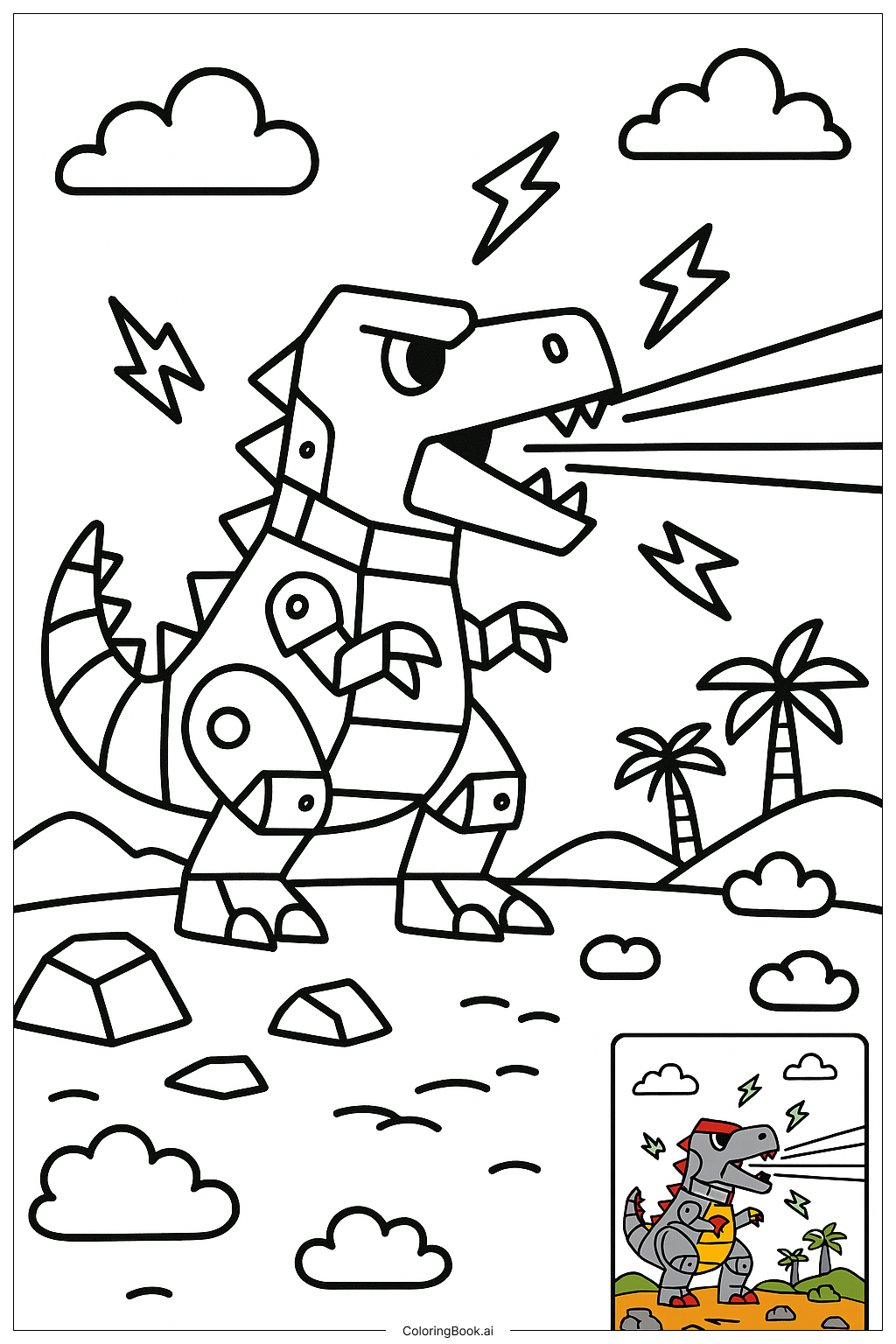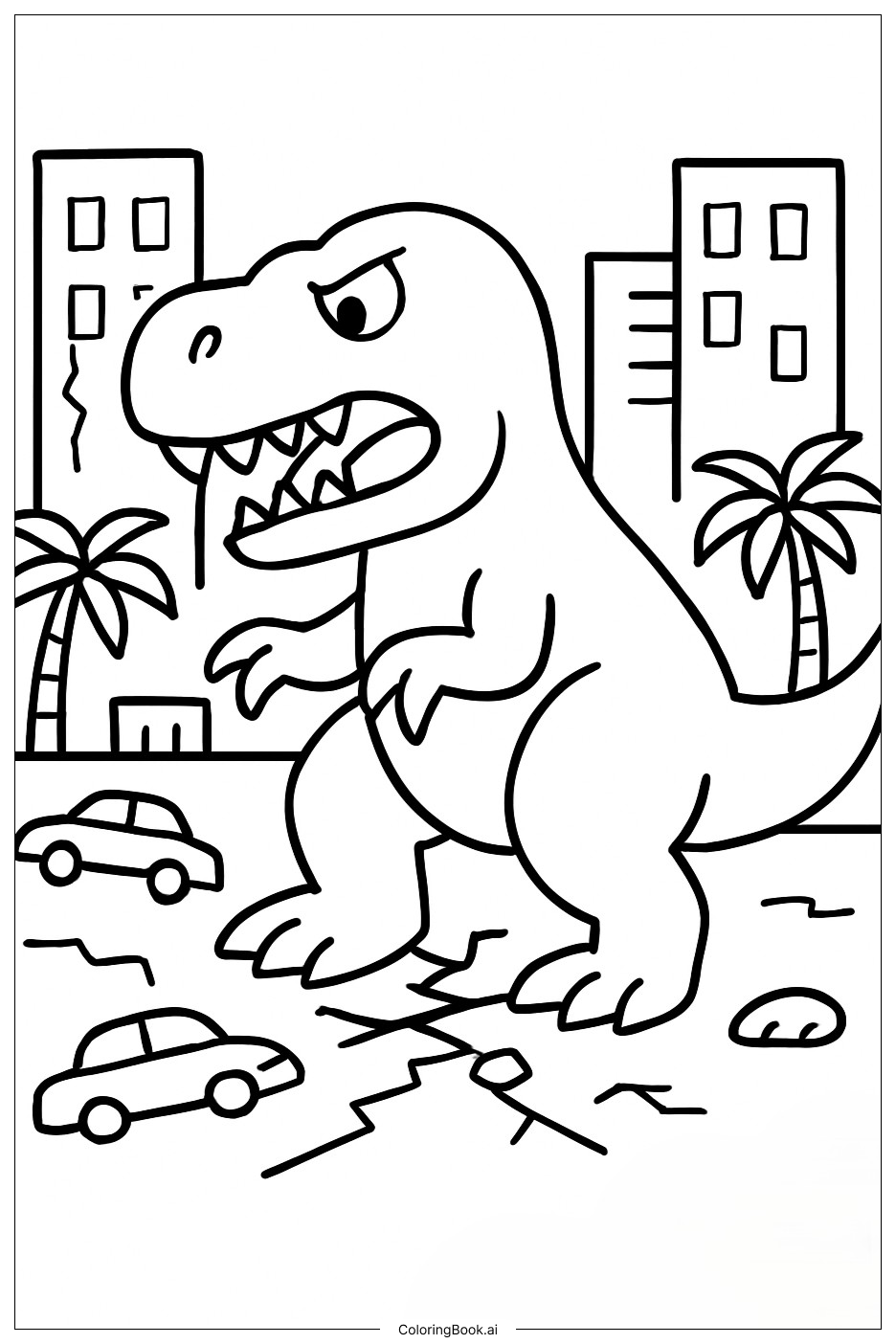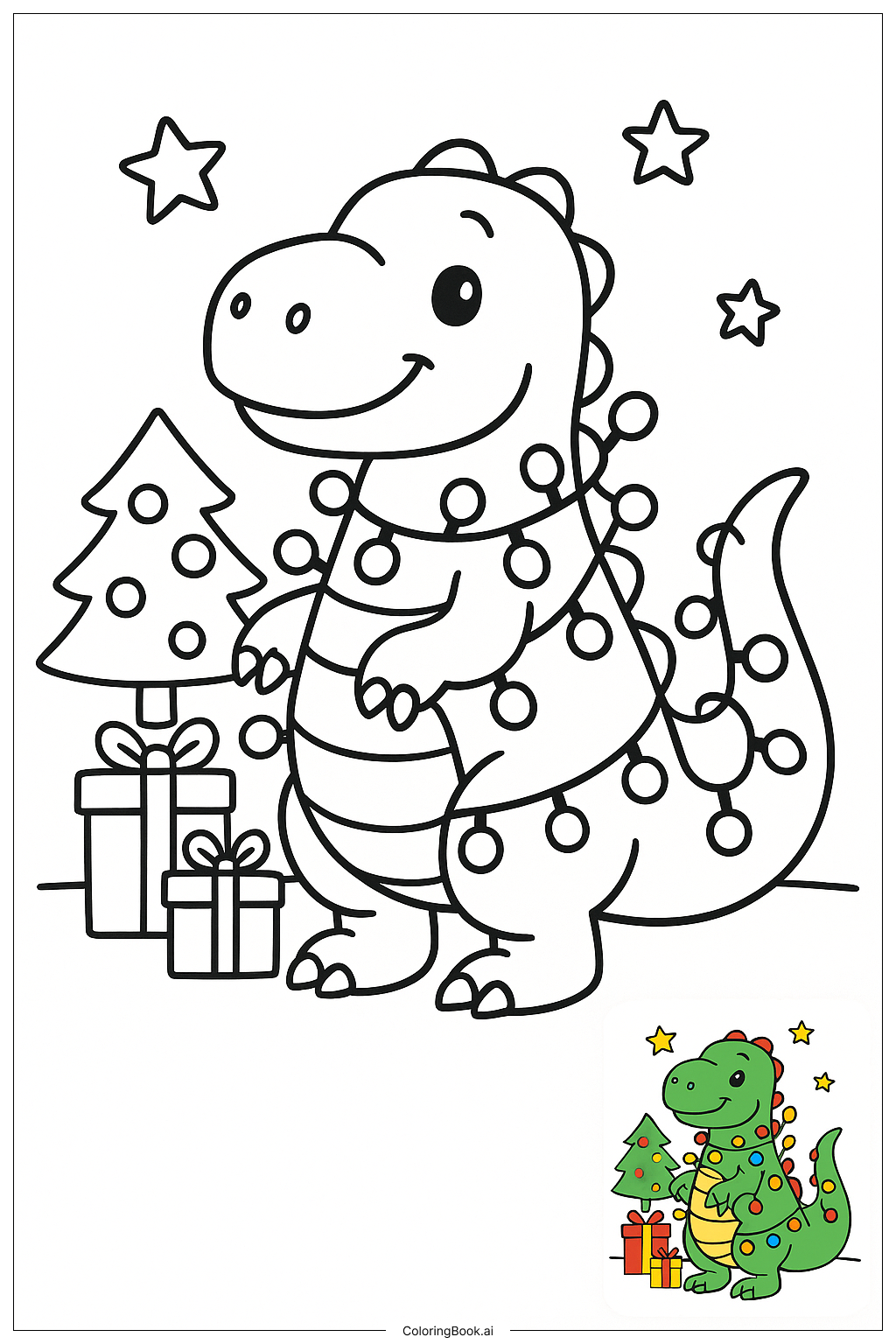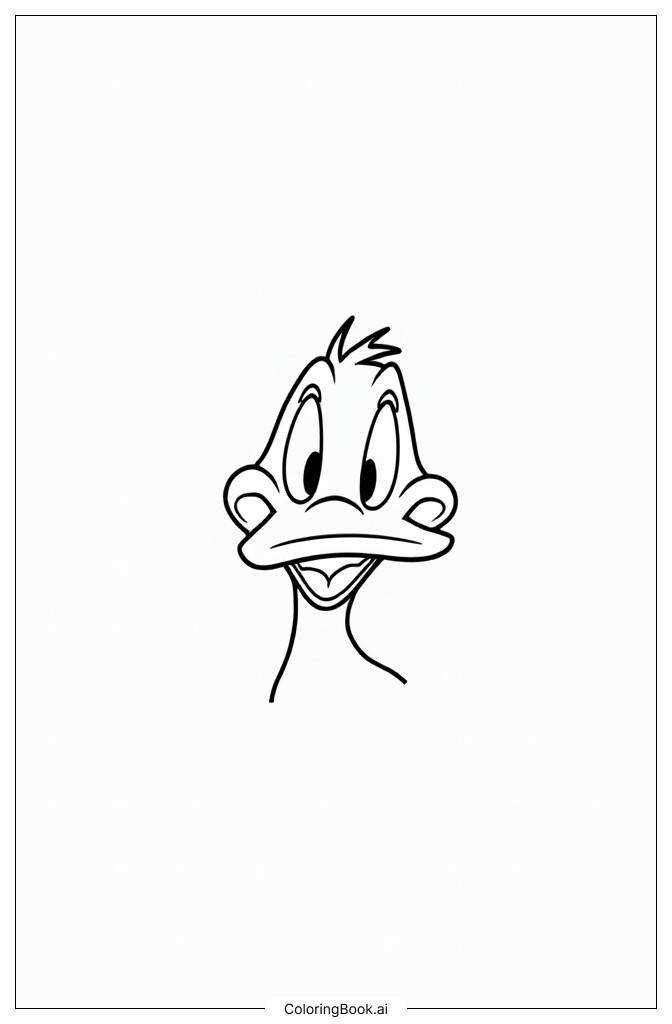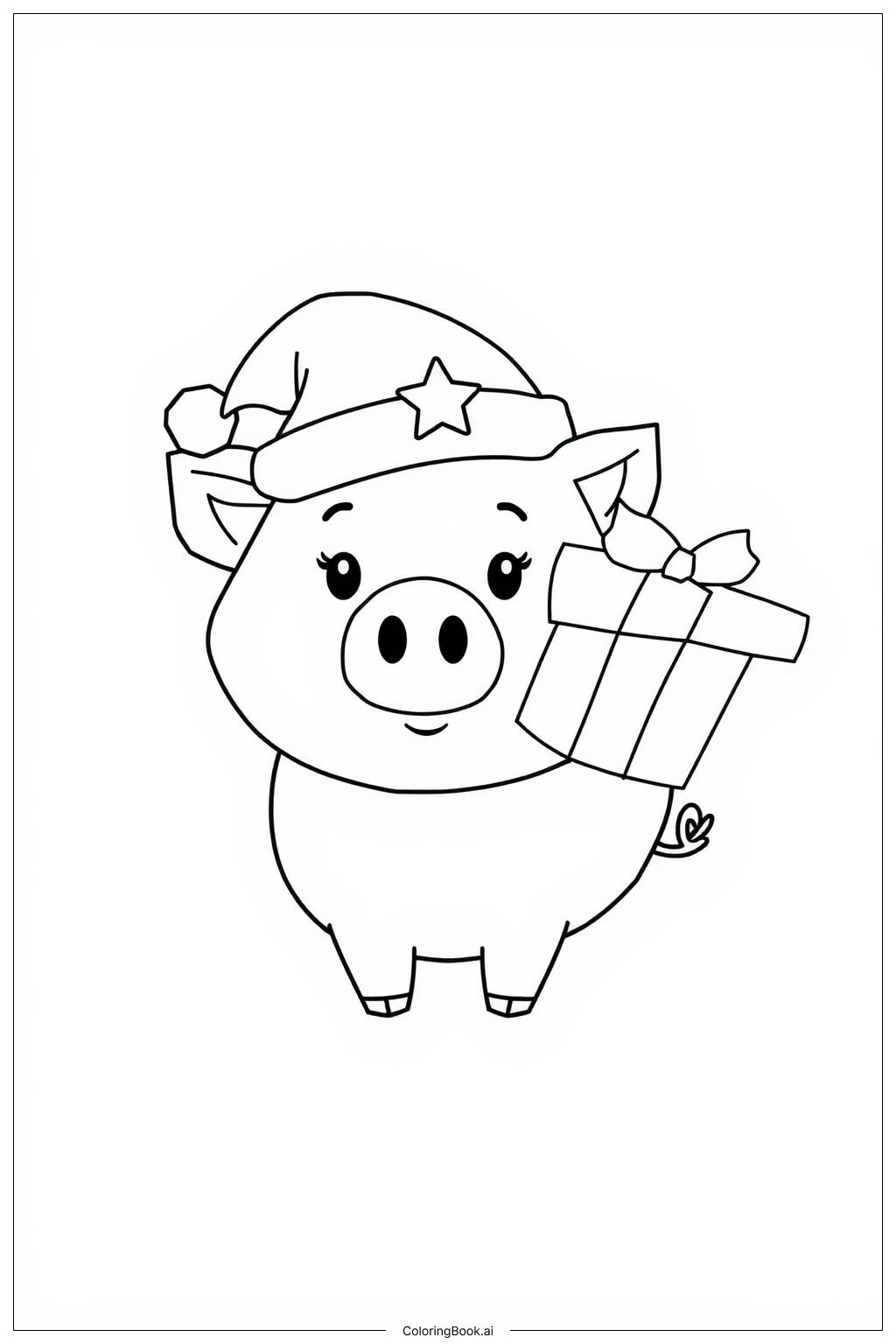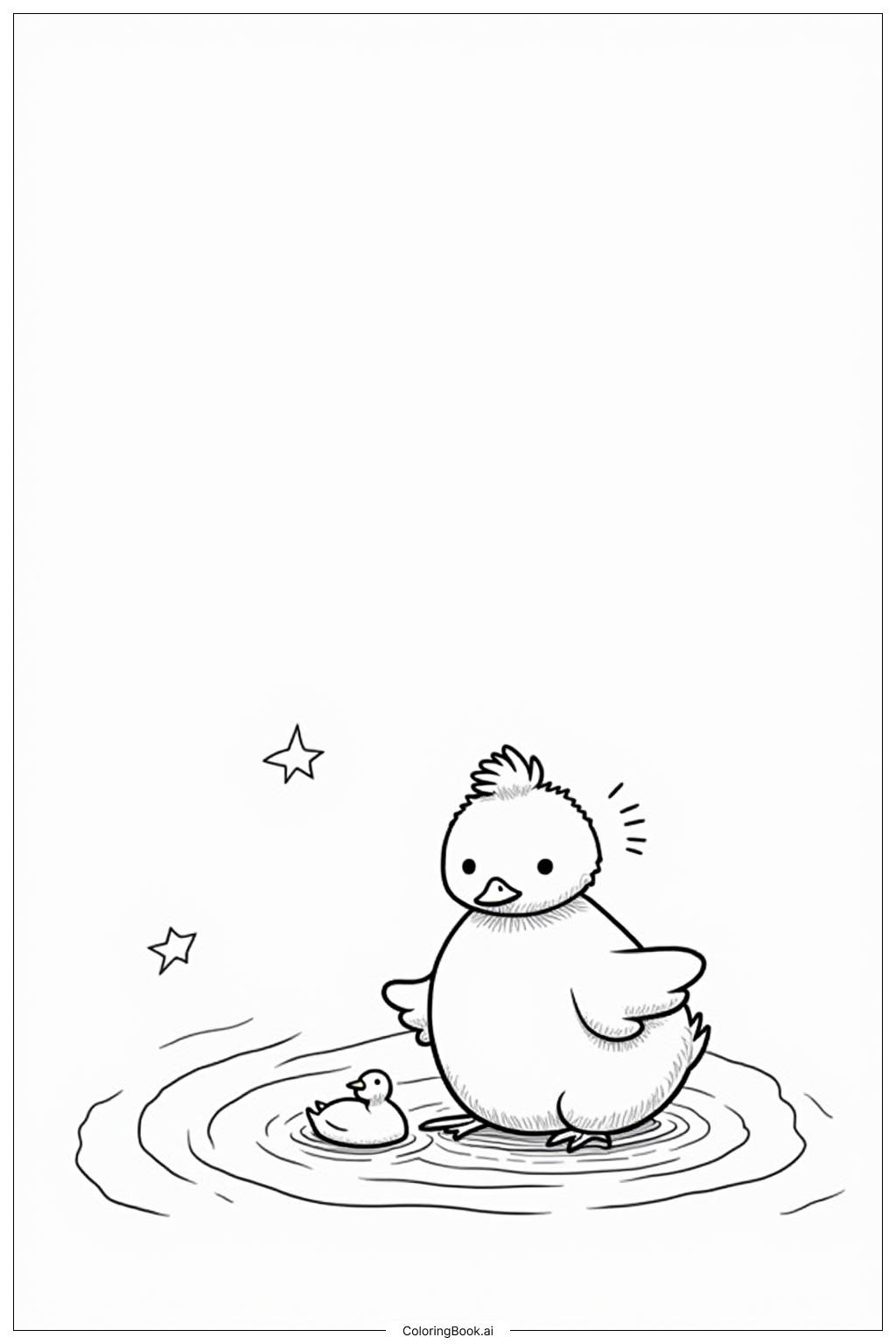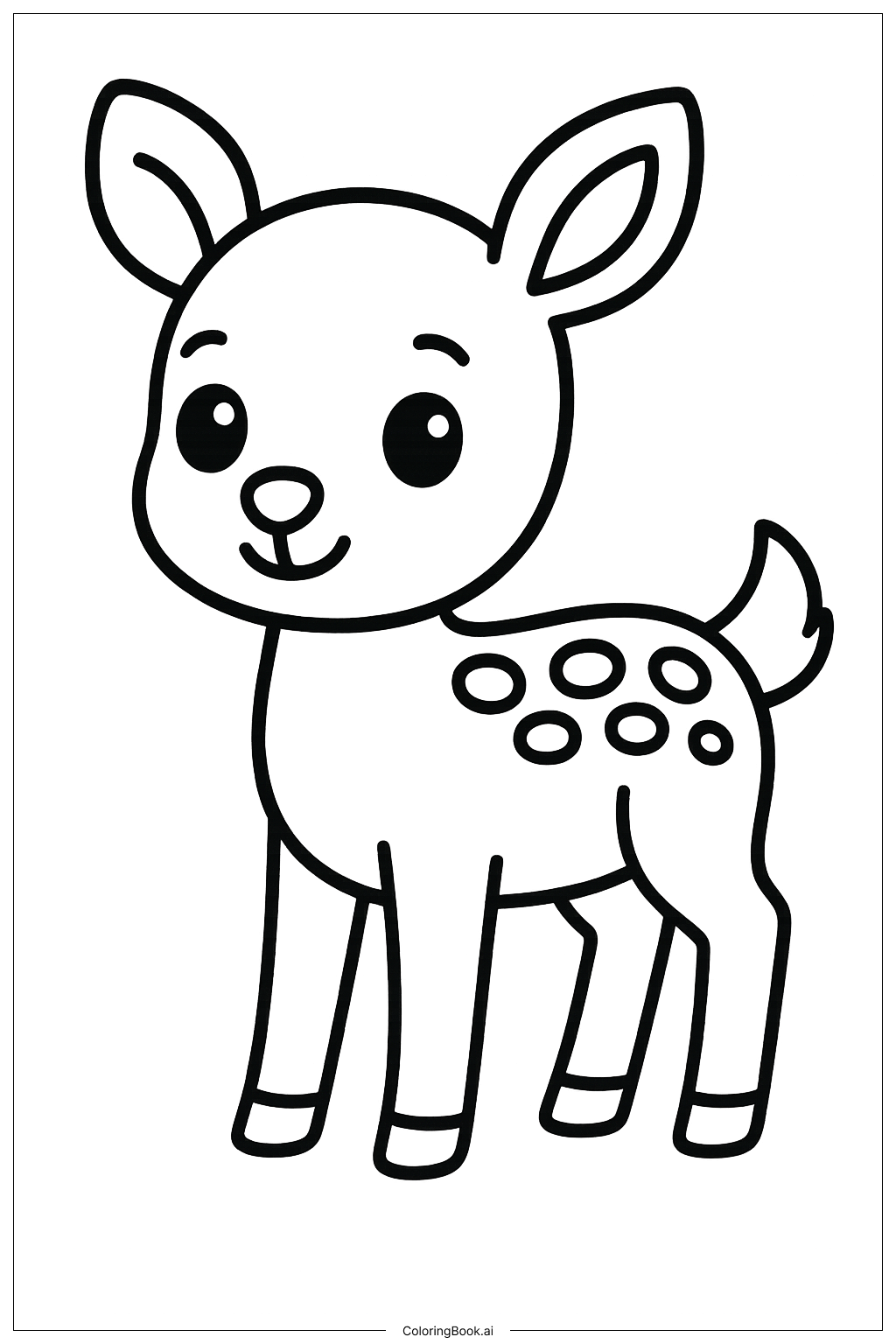Coloring tips: How to color Quetzalcoatlus Stretching Its Giant Wings coloring page well?
Use different shades of brown, green, or gray for the Quetzalcoatlus to give it a realistic look. The wings can be colored with lighter or darker shades for the muscles and skin folds. The rocks can be gray or brown, with some green for moss. The grass should be green, and the ground can be light brown or sandy colors. Try to color the large wings evenly but add some darker lines along the wing sections to show the textures. Use soft strokes to blend colors for a smooth effect.
Coloring challenges: Which parts are difficult to color and need attention for Quetzalcoatlus Stretching Its Giant Wings coloring page?
1. Coloring the large wings evenly while showing the details of the wing sections can be hard for young children. 2. Making the long neck and beak stand out might be tricky due to their thin shapes. 3. Adding color to the small rocks and grass without coloring outside the lines requires careful hand control. 4. Balancing the colors to make the Quetzalcoatlus look natural yet interesting takes practice. 5. Some kids might find it challenging to imagine the colors for an ancient creature that they have never seen before.
Benefits of coloring books: Advantages of drawing Quetzalcoatlus Stretching Its Giant Wings coloring page
Coloring this Quetzalcoatlus picture helps children learn about prehistoric animals. It improves fine motor skills and hand-eye coordination. Coloring the big wings and detailed shapes encourages patience and focus. It also sparks creativity as children choose colors and practice shading. Finally, it can be a fun way to explore science and history through art.
